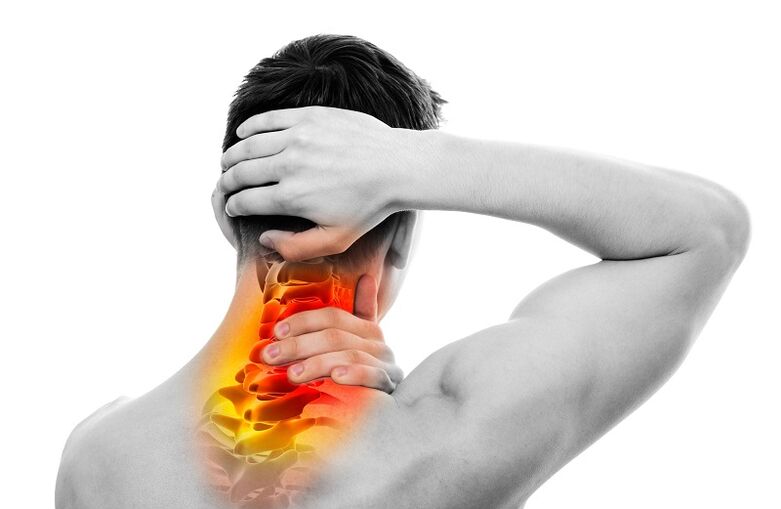
About 80% of people around the world sooner or later become familiar with a disease such as cervical osteochondrosis.Symptoms and home treatment may be different in each case, so you still cannot do without medical help.The disease is not fatal, but quite difficult to cure.Therefore, the best option would be to use all possible methods - both folk and traditional medicines - to forget about the aching pain forever.
Causes of the disease
Sad statistics show that the number of people affected by this disease is increasing every year.This is due to an unhealthy lifestyle, difficult working conditions and lack of attention to one's own health.Despite the high incidence, few know how to treat cervical osteochondrosis.
If you ignore the manifestations of neck osteochondrosis, a generalized form of the disease develops that affects the entire spine.More often, however, the localization remains within the cervical and thoracic vertebrae.

If cervical osteochondrosis is not quickly treated at home, its progression can lead to complete immobilization of the patient.
To create an effective treatment plan, you need to pay attention to the basic anatomy of the neck.One of the most important and largest vessels, the vertebral artery, runs through this section of the human body.This blood flow carries vital nutrients, including oxygen, to all parts of the brain.
Osteochondrosis is a consequence of deformation of the intervertebral cartilage and intervertebral discs, which puts additional stress on the vertebral body.The disease leads to degenerative changes in the intervertebral disc, inhibiting physiological functions and reducing its height.As the disease progresses, a reaction occurs in the vertebral endplate.As a result of this process, the spinal canal narrows and the spine becomes curved.
Cervical osteochondrosis initially does not cause alarming symptoms.As the disease progresses, the nerve roots become pinched and the space for the spinal cord narrows.The following symptoms occur:
- stiffness in the neck, aching pain;
- tingling and numbness of the limbs;
- constant and specific headache that increases with any movement and does not go away after taking analgesics;
- Dizziness;
- lack of coordination;
- emotional instability;
- memory loss;
- Noise and ringing in the ears.
What else causes neck pain?
Back and neck can hurt not only due to osteochondrosis.This is just one of the reasons.This symptom may be a sign of other diseases that require appropriate treatment:
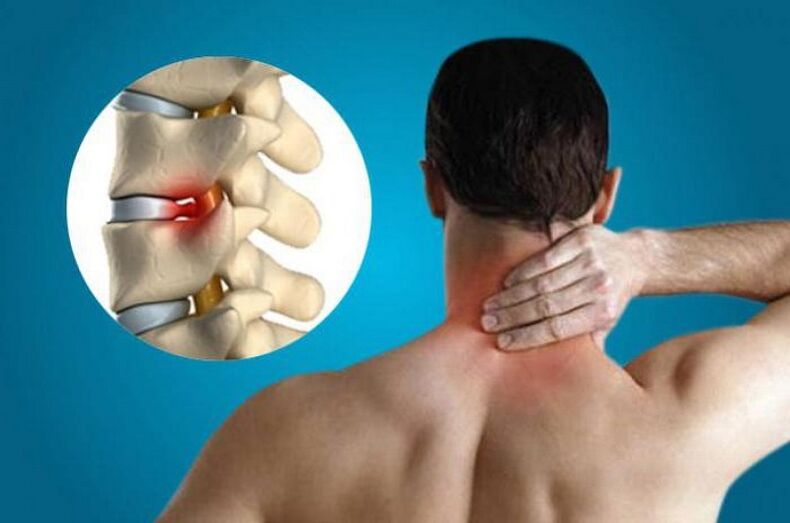
- hypothermia;
- strong strain on muscles;
- constant compulsive posture;
- infections;
- joint diseases;
- vertebral fracture;
- spinal canal stenosis;
- diseases of internal organs;
- benign and malignant tumors;
- Radiculopathy or nerve root compression.
Osteochondrosis has a distinctive feature.The presence of the disease can be determined by pain in the right half of the chest, in the area of the right arm and forearm.The pain is acute and usually short-lived.Attacks of pressing pain may also occur, which can be relieved by taking painkillers and NSAIDs.
Since all symptoms may be different in each case, and other diseases can certainly be treated, it is better to leave the diagnosis of osteochondrosis to professionals.After a diagnosis has been made and treatment has been prescribed, therapy can be supplemented with traditional medicine.However, treatment with homemade ointments and tinctures alone may not produce results.
Traditional medicines
The intensity and duration of therapy directly depends on the extent of the disease and the severity of the symptoms.Treatment should be aimed at maintaining spinal mobility, relieving pain and preventing injuries to the nerves and spinal cord.
Depending on the form and stage of the disease, specialists usually prescribe the following medications for cervical osteochondrosis:
- hormonal medications that relieve pain and inflammation;
- nonsteroidal anti-inflammatory drugs that reduce inflammation and relieve pain;
- muscle relaxants that quickly relieve spasms in the neck muscles;
- medications that relieve seizures and dull pain due to nerve damage;
- antidepressants;
- warming ointments;
- anti-inflammatory ointments.
All these drugs together help to get rid of osteochondrosis of the cervical spine.Home treatment also includes special exercises that warm up the muscles and act on damaged tissues.
Physiotherapy at home
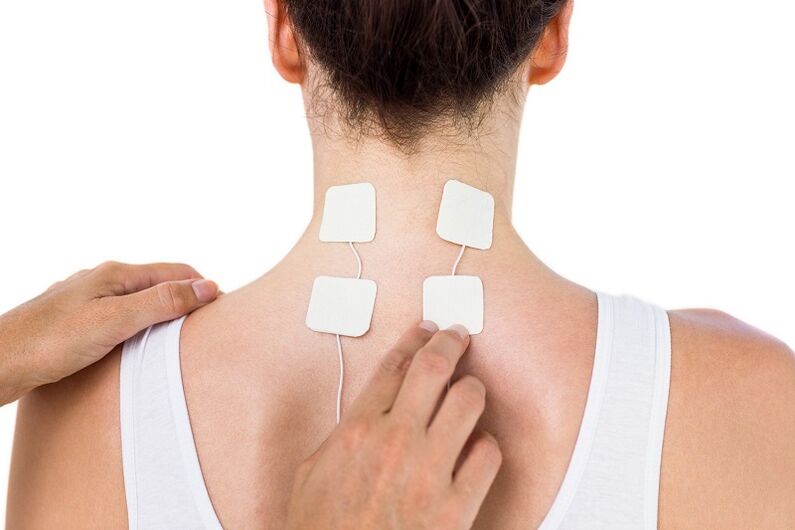
When visiting a clinic, a patient with osteochondrosis consults a therapist.The doctor can advise you on which medications are best to take and, if necessary, refer you to specialized specialists - a neurologist or physiotherapist.The latter teaches the patient special therapy exercises that he can carry out independently at home.The therapy helps to strengthen and stretch the shoulder and neck muscles.
Regular exercise under the supervision of a doctor or relative gets the patient back on his feet quickly and prevents the disease from recurring.
Special massage
Often the patient's condition is so severe and the concomitant diseases are so serious that it is impossible to carry out physiotherapeutic exercises.In this case, one of the relatives can give the patient a special relaxing massage.
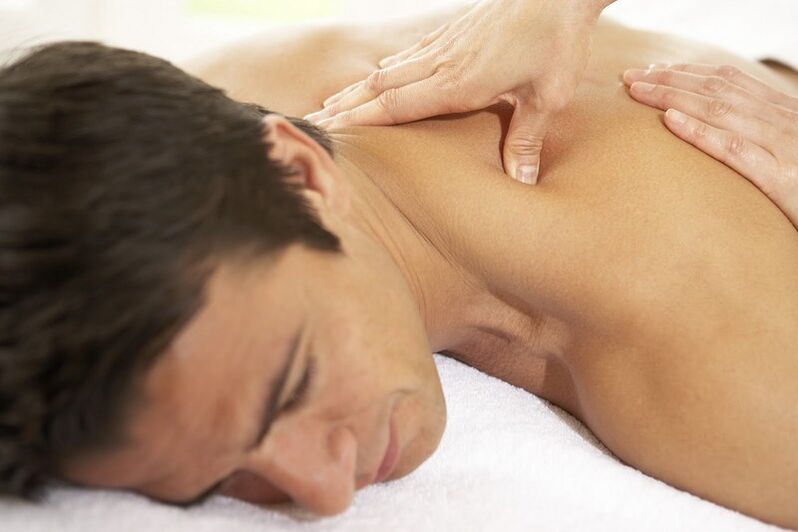
It is advisable to use pharmacy or homemade healing oil.You will achieve the best effect if you use a relaxing remedy with herbal extracts that have an anti-inflammatory effect.
Principles of massage:
- Don't push!The neck muscles are already suffering and additional strong pressure can provoke another attack of pain.Therefore, you need to work with your hands carefully so as not to cause discomfort to the patient.Only the fingers should be involved in the massage.
- Don't make any sudden movements!All manipulations must be carried out smoothly.
- Follow the direction!An important massage rule for osteochondrosis is to follow the direction from the spine, and not towards it.This way the blood will saturate the right areas.
Many experts recommend using massage cups to improve blood circulation.Before the procedure, the skin must be greased with petroleum jelly or massage oil.After the glass is attached to the body, you do not need to wait more than 6-7 minutes.At the end of the procedure, the affected area is covered with a warm towel to maintain the effect longer.
Traditional medicine recommends using regular bee honey to warm the skin and muscles.Before the procedure, you need to warm your throat with a heating pad, then apply a tablespoon of honey to the skin.With light massage movements and tapping, the honey is whipped into a white mass directly on the affected area.At the end of the procedure, the skin will be red and tender;It should be covered with foil and a warm towel or woolen scarf.White honey is washed off only in the morning.After the first procedure of this type, the patient will feel significant relief.
folk medicine
We cannot write off simple but effective folk recipes.Alternative medicine advises treating neck pain with combinations of various poisons, fats, essential oils and herbs.

- Medicine with celery.The root of the vegetable is grated on a fine grater or rubbed through a sieve.Then squeeze out the resulting juice.It is recommended to take this medicine daily to maintain its freshness and beneficial properties.You should drink a tablespoon of juice three times a day before meals.
- Decoction of bay leaves.Place 15g of dry bay leaf in a small enamel pot and fill it with 300ml of room temperature water and cook for 5-7 minutes.After the broth has been infused for 2 - 3 hours, it must be strained and cooled.Drink in small sips between meals throughout the day.Now all that's left is to drink before bed.The course lasts 4 days and it is recommended to repeat the therapy after a week's break.
- Collection of medicinal herbs.Mix parsley, chamomile, oregano, hops, nettle and burdock root in equal parts, 100 g each.Pour 1.5 liters of boiling water with the dry mixture into a thermos and leave for 3 days.Take a tablespoon of the strained drink 2-3 times a day.The medicine should be stored in the refrigerator.
Effective rubbing
Special homemade rubs enhance the effect of the therapeutic massage.They contain only natural ingredients – oils and herbs.
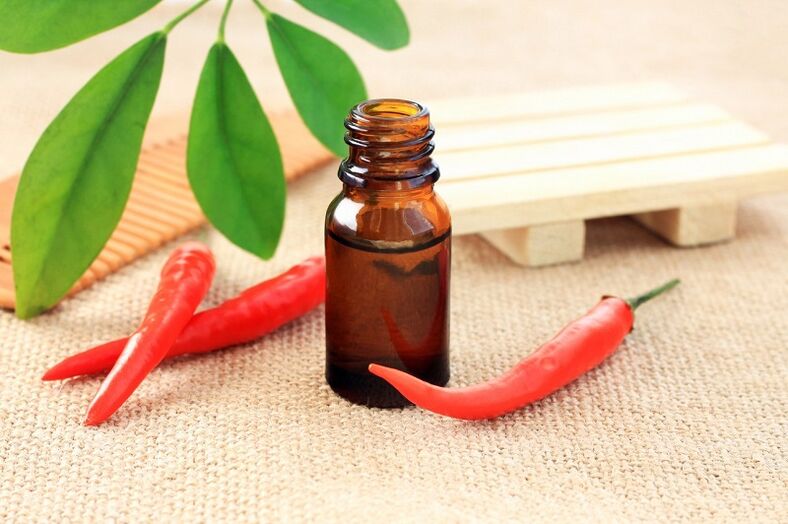
- Red Pepper Remedies.Finely chop two hot red peppers and place in a tightly closed container.Pepper must be poured with a glass of vegetable oil.The medicine should be closed tightly with a rubber cap and allowed to steep in a warm, dark place for a week.When the homemade ointment is ready, it should be rubbed into the collar area twice a day with light movements.It is not recommended to apply a large amount of the product, as the warming effect suddenly turns into a burning effect and you get a burning sensation instead of improving blood circulation.
- Buttercream.Mix a raw egg with a tablespoon of flour and the same amount of vinegar.Add 100g soft butter.After thoroughly mixing all the ingredients, the product should be stored in the refrigerator for 2 – 3 days.A film forms on the surface of the drug, which must be removed and treatment started by massaging the ointment into the skin.This homemade cream has a maximum shelf life of 3 days.
- Burdock compress.A mixture of horseradish and burdock has proven itself effective in the treatment of osteochondrosis.Finely chopped roots should be poured with boiling water, wrapped in a cotton cloth and applied to the sore spot ten times a day.After a week, the disease will no longer bother you.
Special recommendations
Treatment of osteochondrosis with complex therapy quickly gives results.The influence of traditional medicines and traditional medicine has a positive effect on the restoration of intervertebral discs and the preservation of cartilage integrity.However, only a doctor should make the diagnosis of neck osteochondrosis.
A specialist should also tell you how to treat this disease at home, since improper treatment can lead to disease progression and even disability.
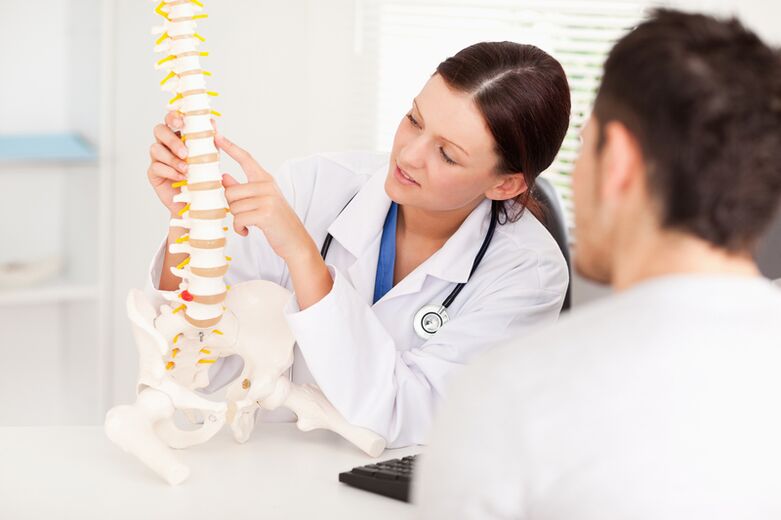
It is worth noting that not all methods of home treatment of this disease show positive results.Acupuncture, apitherapy, deep tissue massage, and spinal stretching can be harmful.Even if the doctor recommends carrying out such procedures at home, this will only aggravate the situation.Such therapies are only carried out by specialists in a clinical setting.

























